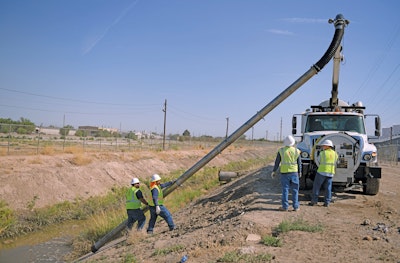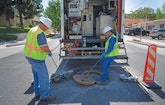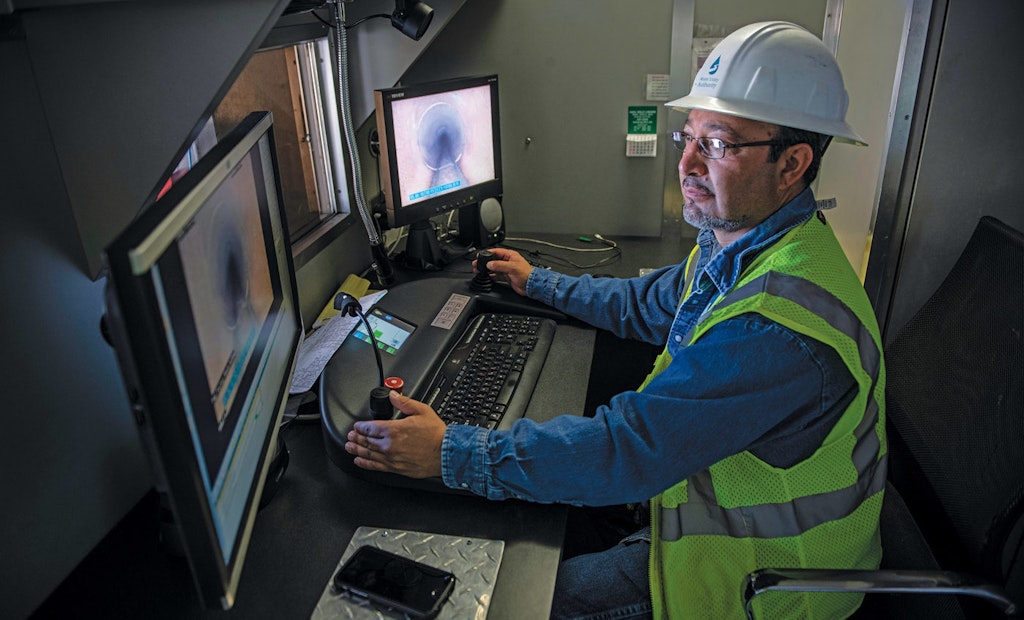In August 2016, a U.S. Postal Service truck was making its rounds in Albuquerque, New Mexico, near the intersection of Barelas Road and Marquez Lane when the driver abruptly slammed on the brakes. Ahead, a sinkhole had opened in the narrow street.
Authorities at Albuquerque...









